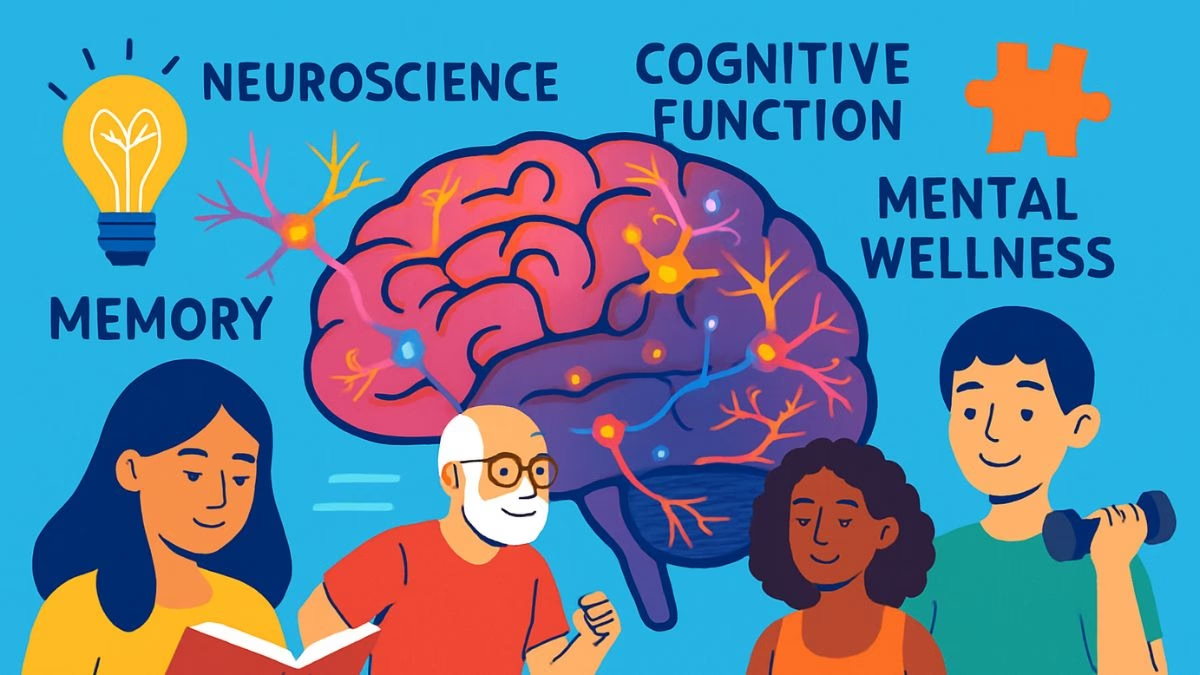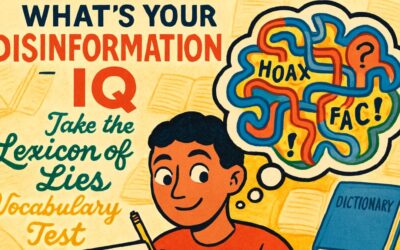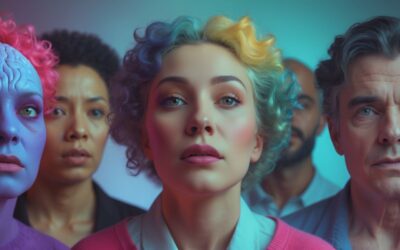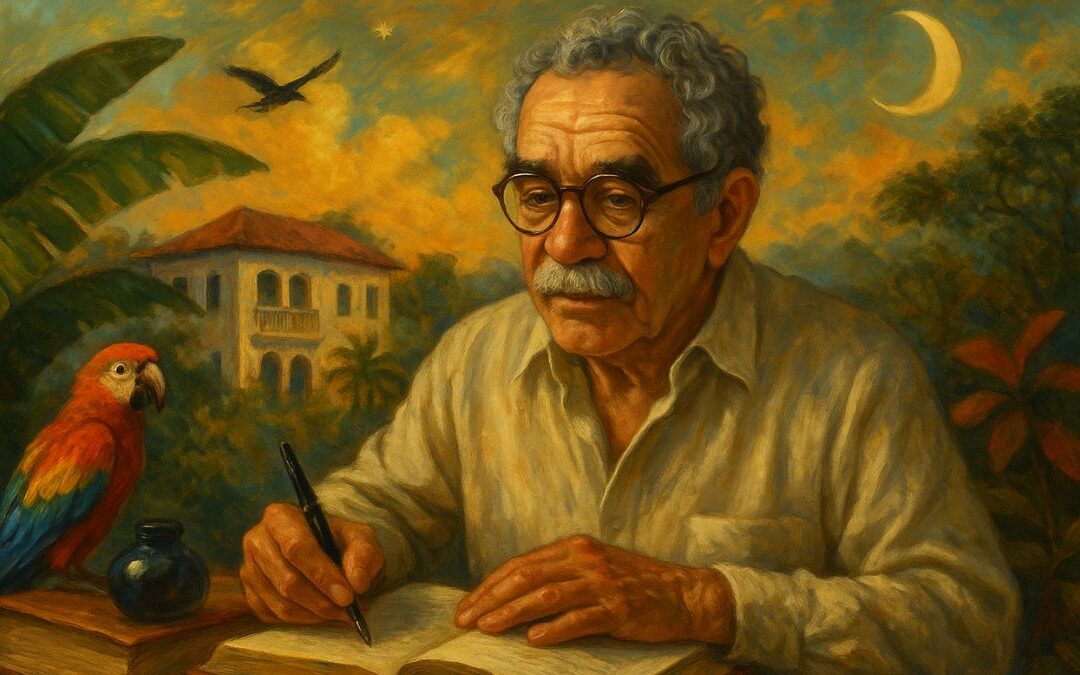Introduction
Welcome to your brain health vocabulary workout! Having the right words is powerful. It allows us to speak about brain health with precision, understand the science we read about, and, most importantly, talk about our own experiences and support others with clarity and compassion. This quiz is your chance to build that power.
By matching the terms to their definitions, you’ll be doing more than just memorizing a list. You’ll be learning the very language of modern brain science and mental health advocacy. This will give you the confidence to engage in more meaningful conversations, to better understand your own health, and to help build a world where the topic of the mind is met with knowledge, not fear. Let’s see how many you know!
Learning Quiz
This is a learning quiz from English Plus Podcast, in which, you will be able to learn from your mistakes as much as you will learn from the answers you get right because we have added feedback for every single option in the quiz, and to help you choose the right answer if you’re not sure, there are also hints for every single option for every question. So, there’s learning all around this quiz, you can hardly call it quiz anymore! It’s a learning quiz from English Plus Podcast.
Quiz Takeaways | Your Brain Health Lexicon: Using Words to Build a Better World
Welcome, and congratulations on completing the vocabulary challenge! You’ve just equipped yourself with a powerful lexicon—a set of words that can transform how you think and talk about brain health. Language isn’t just a collection of labels; it’s the toolkit we use to build our understanding of the world. Having the right words allows us to move from vague, fearful ideas about “mental problems” to a precise, scientific, and compassionate conversation about neurological well-being. Let’s take a moment to organize our new toolkit.
First, let’s look at the words that describe the living, changing brain. The most hopeful and powerful of these is neuroplasticity. For centuries, we believed the adult brain was a fixed, unchangeable machine. We now know it is more like a dynamic, living city, constantly building, rerouting, and adapting. A key part of this is neurogenesis, the incredible fact that we can create new neurons in certain parts of our brain throughout our lives. The basic unit of this city is the neuron, and its communication lines are insulated with myelin to make signals fast and efficient. These neurons talk to each other across a tiny gap called a synapse, sending chemical “text messages” called neurotransmitters. And the whole construction project is overseen by proteins like BDNF, the “Miracle-Gro” that helps the city grow. Understanding these terms helps us see that brain health is an active, dynamic process, not a fixed state.
Next, we have the language of diagnosis and experience. These are the words that help us categorize and understand different brain health challenges. The DSM is the “official dictionary” clinicians use to give a name to a specific set of symptoms, ensuring everyone is speaking the same language. Sometimes, a person’s experience matches the criteria for more than one condition, which we call comorbidity. But perhaps the most important word in this category is neurodiversity. This is a revolutionary concept that reframes our whole perspective. It asks us to see brain differences, like autism or ADHD, not as defects, but as normal, natural variations in the human experience, like being left-handed or right-handed. It’s a framework built on acceptance rather than a purely “disorder-focused” model.
Then we have the words for wellness and support—the language of how we get and stay well. The modern approach is a holistic one, which is guided by the biopsychosocial model. This simply means we recognize that our well-being is a complex dance between our biology (genes, brain chemistry), our psychology (thoughts, feelings, experiences), and our social world (relationships, culture). Treatment can involve psychopharmacology (the use of medication), therapy, and lifestyle changes. By engaging in these healthy habits, particularly lifelong learning, we build our cognitive reserve—a “savings account” of neural networks that makes our brains more resilient to future damage.
Finally, and most critically, we have the vocabulary of the social world. The biggest barrier to brain health is not a lack of treatments, but the presence of stigma—that toxic cloud of shame, fear, and misunderstanding. Stigma from society can be absorbed until it becomes self-stigma, a person’s own inner critic telling them they are flawed or broken. But we have a simple, powerful tool to fight back: person-first language. Choosing to say “a person with anxiety” instead of “an anxious person” may seem small, but it is a radical act. It reclaims the humanity of the individual from the identity of the illness. It puts the person first.
Think of it this way: you wouldn’t try to build a house without knowing the difference between a hammer and a saw. In the same way, we can’t build a more compassionate and effective system of brain healthcare without knowing the difference between stigma and a synapse, or comorbidity and cognitive reserve. You now have this toolkit. You can use it to better understand an article, to have a more informed conversation with your doctor, or—most importantly—to respond to a friend or family member with the kind of language that builds a bridge of understanding, not a wall of judgment. Use these words well. They have the power to change the world, one conversation at a time.











0 Comments